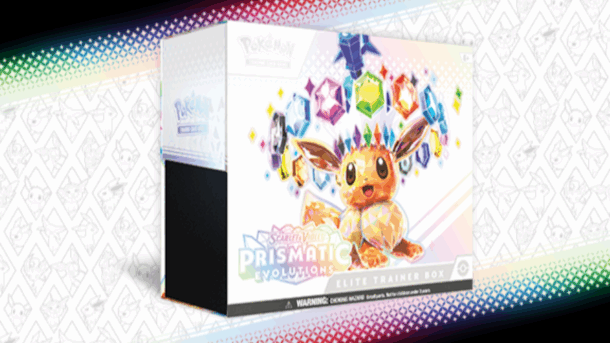If you’ve taken a stroll past any major retail store on a crisp Friday morning lately, you might witness a peculiar sight: lines sprawling out with slightly caffeinated eyes gleaming brighter than a Charizard’s flame. These are the dedicated souls of the Pokémon card world, fueled by nostalgia and the pulse-pounding thrill of scoring a rare pull. Yet, amidst this feverish tableau of traded cardboard, the air crackles with something slightly ominous: whispers of a bubble. Is the Pokémon Trading Card Game (TCG) lacing up its boots to echo the infamous collapse of the ‘90s sports card market?
Once upon a time, the world of Pokémon cards was ruled by genuine collectors, those who held their treasures in hands sticky with childhood dreams. With a quick blast of nostalgia, the humble pastime has crescendoed into a global frenzy. While it’s easy to dive into this vibrant whirlpool of trading and collecting, the waters are teeming with more than just Pikachus and Bulbasaurs.
Each Friday, the sacred restock ritual unfolds like a dramatic episode of a high-stakes wildlife documentary. At the crack of dawn, collectors and scalpers clash with invisible spears—one side driven by love, the other by dollar signs. The scalpers have smelt opportunity in this nostalgic frenzy. These profit pirates aren’t in it for the love of Mewtwo; they’re all about the moolah, snapping up stock with frenzied fervor, and reselling at prices as inflated as Snorlax after a buffet.
This battle on retail grounds has consequences: shelves stripped bare faster than you can say, “I choose you.” Woe betides the casual collector or the youthful aficionado arriving too late to the feast only to find crumbs. Their cherished pastime is now overshadowed by a commercialization tidal wave, sweeping at the speed of a Rapidash.
Not surprisingly, The Pokémon Company, the grand puppet master behind the scenes, noticed this unquenchable thirst. Like magic, they conjured more cards into existence than you could shake a Poké Ball at. Sets like “Evolving Skies” and “Crown Zenith” flood the market with a fervor Santa would admire on Christmas Eve.
But herein lies the crux of the matter. With cards multiplying faster than Rabbidash in the springtime, the perceived rarity—the thing that fuels every collector’s dreams—is slipping through their fingers. A stark case in point: the “Van Gogh Pikachu.” Nearly 40,000 of these cuties have flooded the grading fortress of PSA 10. Hardly the stuff of rare legend anymore.
This dance of oversupply and insane demand eerily resonates with the grand old tale of the sports card bubble that saw its dramatic peak and deflating collapse from the late ’80s to early ’90s. Back in those days, card manufacturers went on printing binges that rivaled any Fleetwood Mac reunion tour. When the winds of fashion changed, collectors realized their “rare” treasures weren’t such hot potatoes after all—deep down in basements, piles of wheelin’ and dealin’ cardboard gathered dust.
The parallels with the present Pokémon market are quite difficult to ignore. The timeline seems to be on a direct collision course for déjà vu. The current market is nestled on shaky ground, relying on hype like a Jigglypuff on helium rather than genuine rarity. Prices might sit like a Jenga tower balancing precariously, one sharp move away from a crash.
Sometimes the truth is a potion best swallowed with a dose of patience. It’s challenging to pin down exactly when the fizzy exuberance might start to fizzle. With scalpers teetering on mountains of debt and casually constructed rotary payment plans, a hurry to offload as market stability checks could cause a cascading effect. Meanwhile, collectors savvy enough to smell the overprint could take their toys home, leaving a roadmap to reversal in their wake.
History, that ever-suggestive teacher, raises an eyebrow and advises patience and caution. Scarcity born out of speculation does not create the solid bedrock needed for a resilient market. As emotions ride high and cards fly off the shelves, we might soon see the Pokémon TCG craze rekindle with modesty and moderation. True rarity, seasoned collectors remind us, is what makes these cardboard icons twinkle in eyes, rather than fabricated anticipation. The lessons of sustainability and value that remain, echo quietly: rarity and genuine demand should always trump the white noise of manufactured hype. The hopes and dreams of collectors, young and old, should not reside on the shimmering mirage of a wobbly market but instead ground themselves on authenticity and cherished nostalgia.




